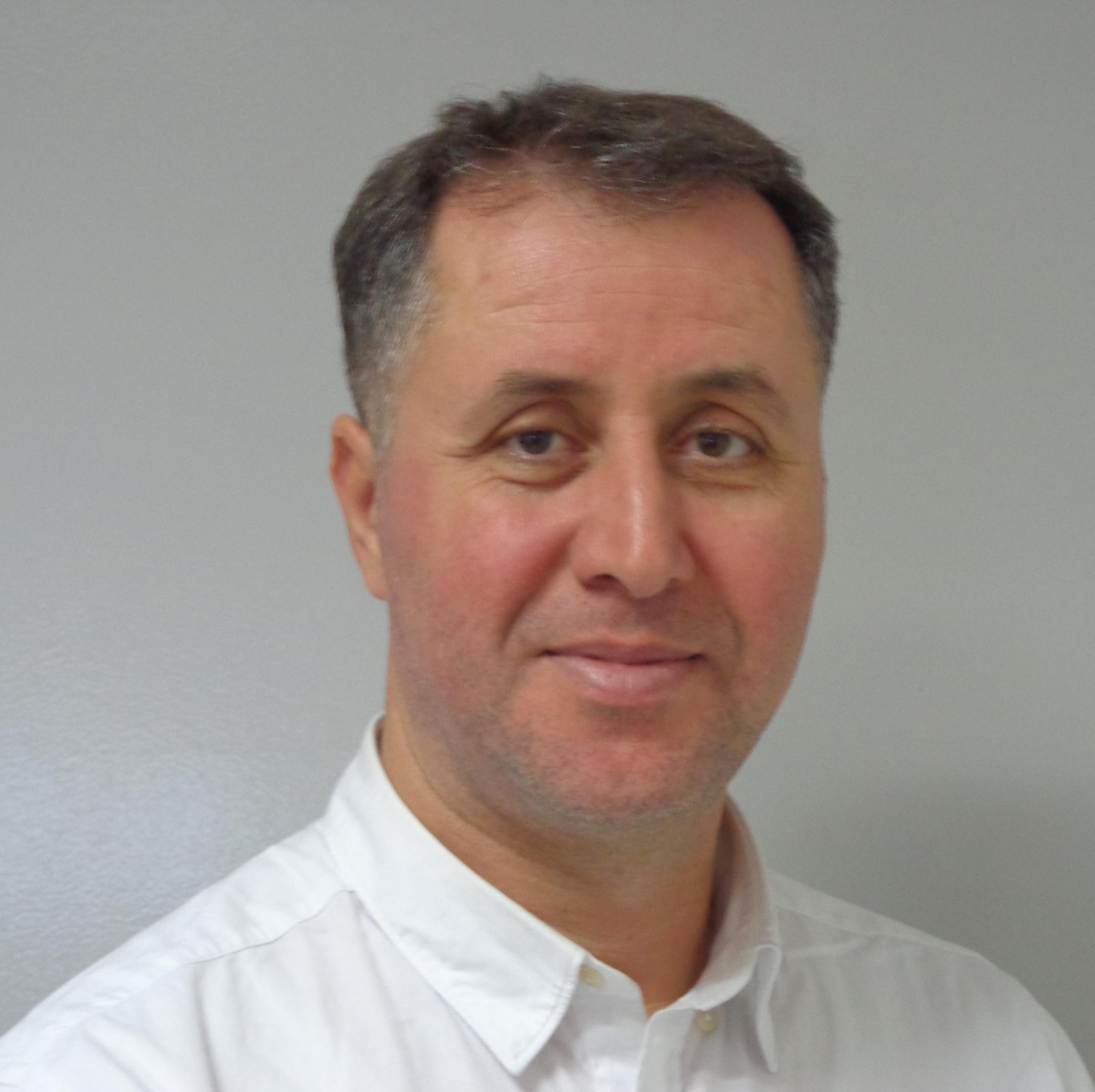TOM6- Optical Materials
Chairs
 |
Azzedine Boudrioua
Université Sorbonne |
 |
Magnus Jonsson |
 |
Tiziana Cesca |
Synopsis
Optical materials are vital for multiple current and future industrial applications and continuously generate important investigations with major scientific and technological challenges. For example, in many fields of photonics the fabrication and structuring of thin films at the micro and nanometric scale is essential, such as for optical nanoantennas and metasurfaces. Simple and easy-to-implement techniques such as the sol-gel processes and solution based synthesis, and costly ones such as epitaxy, MOVPE, laser ablation (PLD), and rf sputtering are commonly used to produce different optical materials. Correlation between the material optical characteristics and its structural, compositional and morphological properties is of great importance. Eventually, there are significant needs to develop innovative techniques for the fabrication of new materials, as well as to develop simple and efficient characterization techniques. These needs have given rise to multidisciplinary research with the ambition to provide optical materials and devices from an approach linking the desired performances to the nano and micro structure.
Topics
Dielectric materials:
• crystals, glasses, thin films, etc.
• luminescent crystals and scintillators, laser and non-linear optics crystals, special glasses, etc.
• growth and deposition techniques, nanostructuring, characterization, etc.
Semiconductor and conducting materials:
• thin films, hetero-structures, etc.
• III-V, II-VI, Si/SiO2, perovskites, etc.
• Transparent conductors, optical absorbers, etc.
Organic materials:
• small molecules, conducting polymers, hybrids, forest-based materials, etc.
• carbon-based materials: graphene, carbon dots, composites, etc.
• synthesis and structuring methods, etc.
Optically active materials
• semiconductor nanocrystals, quantum dots, perovskites, oxides, chalcogenides, etc.
• active thin layers, structured systems, etc.
• nanocrystal surface and defect states.
Emerging materials and new challenges
• antennas, metasurfaces and metamaterials, plasmonic and hyperbolic materials, etc.
• optical materials for intense lasers, etc.
• synthesis, functionalization, patterning, characterization methods, etc.
Applications
• photoluminescence, single photon emitters, near infrared emission, etc.
• nonlinear optics: optical Kerr effect, harmonic generation, etc.
• lasers, nanolasing, integrated optics, etc.
Program Committee
Ferrari Maurizio, IFN CNR (IT)
Muriel Hissler, Université Rennes I (FR)
Lung Han Peng, NTU Taiwan (TW)
Gérard Aka, PSL Université - Chimie ParisTech, Institut de Recherche de Chimie Paris (IRCP) (FR)
Ilka Kriegel, Functional Nanosystems Italian Institute of Technology (IT)
Jacob Mackenzie, OCR University of Southampton (UK)
Anna Lukowiak, Institute of Low Temperature and Structure Research PAS Wroclaw (PL)
Detlef Kip, Faculty of Electrical Engineering, Helmut Schmidt University (DE)
Hiroaki Minamide, TERA University (JP)
Patrice Camy, CIMAP (FR)
Marc Dussauze, CNRS University of Bordeaux (FR)
Monica Bollani, Istituto di Fotonica e Nanotecnologie, IFN, CNR (IT)
Qing Chao, Bio-engineering Dept. U. Washington (US)
John Ballato, Center for Optical Materials Science and Engineering Technologies CLEMSON UNIVERSITY (US)
Dmitry Baranov, Lund University (SE)
Invited Speakers
Thierry Cardinal
CNRS (FR)
Title: How exotic oxide glasses can provide solutions for integrated optics
Lars Österlund
Uppsala University (SE)
Title: Wide-angle transmitting and solar light modulating yttrium Mie resonators: Yttrium hydroxide coated glass nanopillars
Zhenda Xie
Nanjing University (CN)
Title: Broadband Kerr comb generation using Lithium niobate on insulator microresonator
Maria Antonietta Vincenti
University of Brescia (IT)
Title: From gradient index optics to tunable ENZ: an iontronic approach
